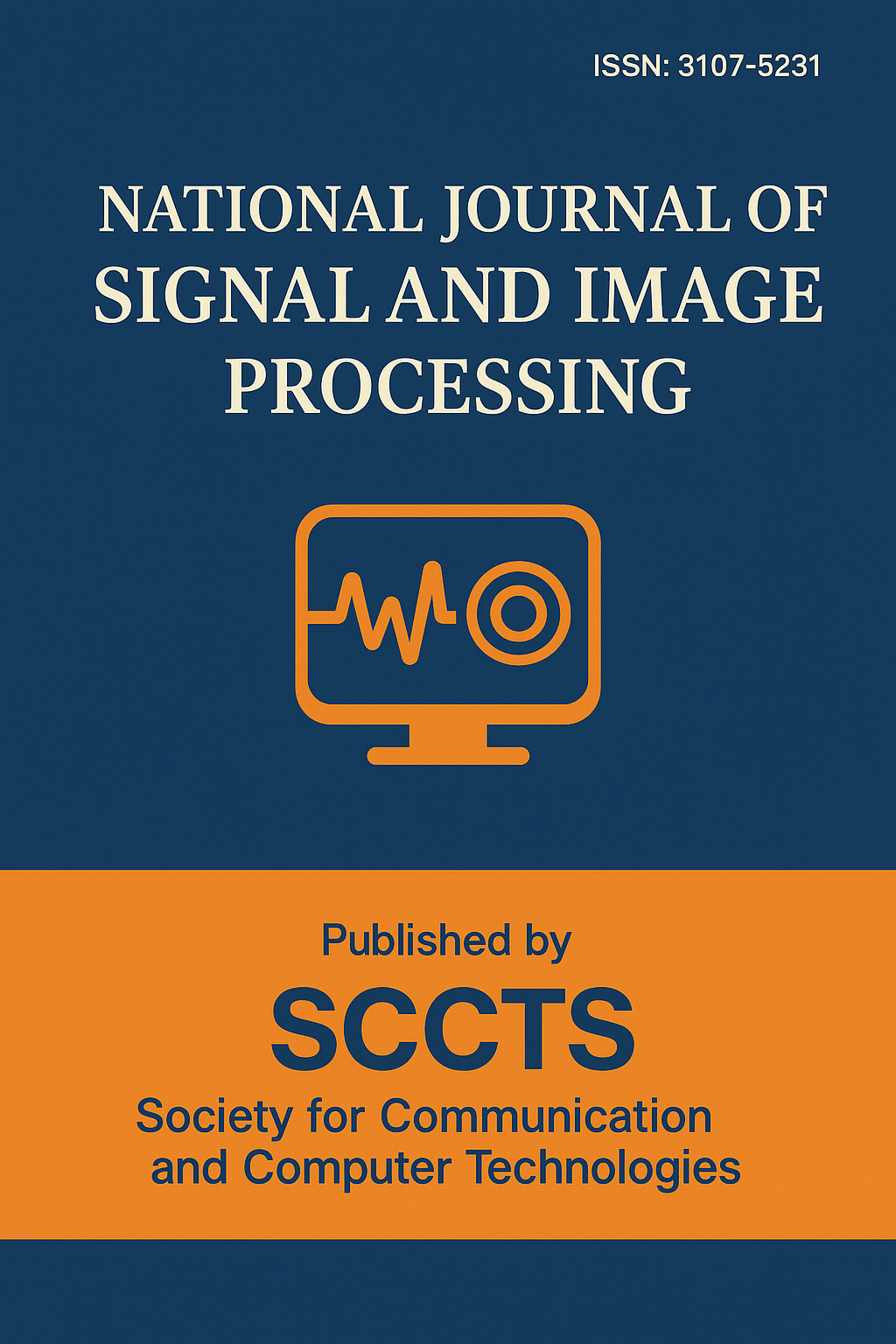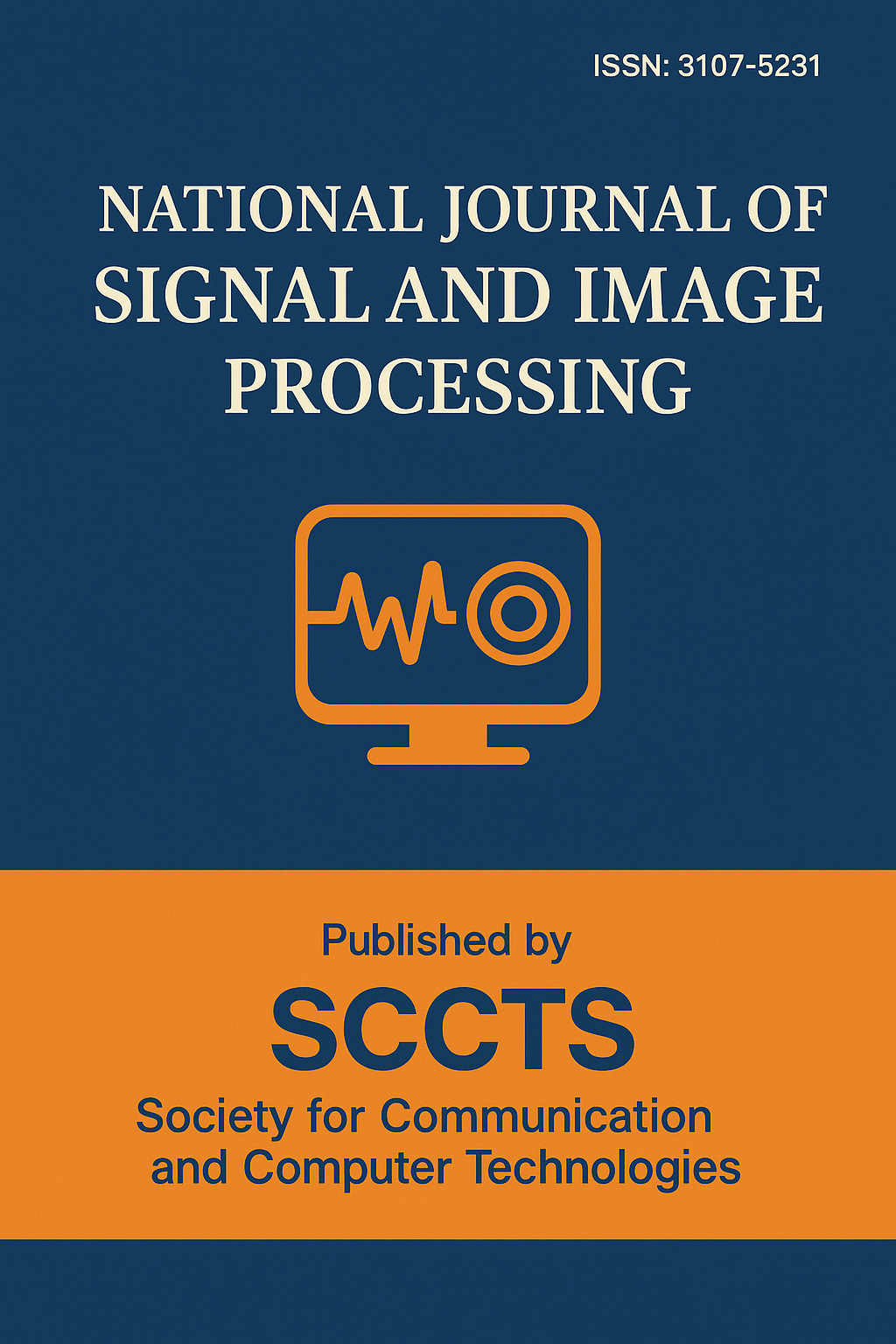Lightweight GAN-Based Image Super-Resolution for Satellite Imagery on Low-Power Embedded Hardware
DOI:
https://doi.org/10.17051/NJSIP/01.04.04Keywords:
Generative Adversarial Networks (GANs), Image Super-Resolution (ISR), Lightweight Deep Learning Models, Embedded AI, Low-Power Hardware, Satellite Imagery Enhancement, Quantization-Aware Training, Edge Inference, Remote Sensing, Onboard Image Processing, Real-Time ISR, UAV-Based Imaging, Energy-Efficient AI, Model Compression, SpaceNet Dataset.Abstract
With the emerging trend of satellite-based earth observation systems and edge-enabled UAV platforms, there is increasing pressure to reconstruct image at a high resolution but also limited available computational or energy resources. In this paper, the authors would like to propose a lightweight GAN-based image super-resolution (ISR) pipeline that is targeted towards a real-time use case on low-power embedded systems. The framework combines depth-wise separable convolutions, structured channel pruning and quantization aware training to achieve very large model compression with little loss in fidelity of reconstruction of images. An architecture was benchmarked against publicly available satellite dataset and demonstrated up to 3.5 dB improvement in Peak Signal-to-Noise Ratio (PSNR) and 28.7 percent better Structural Similarity Index (SSIM) over regularly used interpolation method of bicubic interpolation. In comparison with the conventional SRGAN and ESRGAN alike, our model was, on the one hand, much smaller, as it reduced the size by 45% and, on the other, its performance was up to 60 percent faster to operate on NVIDIA Jetson Nano (or ARM Cortex-A based devices) with the given power consumption limit of 10W. These findings demonstrate the framework as capable of providing efficient ISR through high-quality operations done directly on the edge hardware without depending on a cloud-based AI computing facility. This makes the technique scalable and viable to practical applications as techniques in real time remote sensing in power limited environs like satellites onboard and Unmanned Air Vehicles (UAVs).






